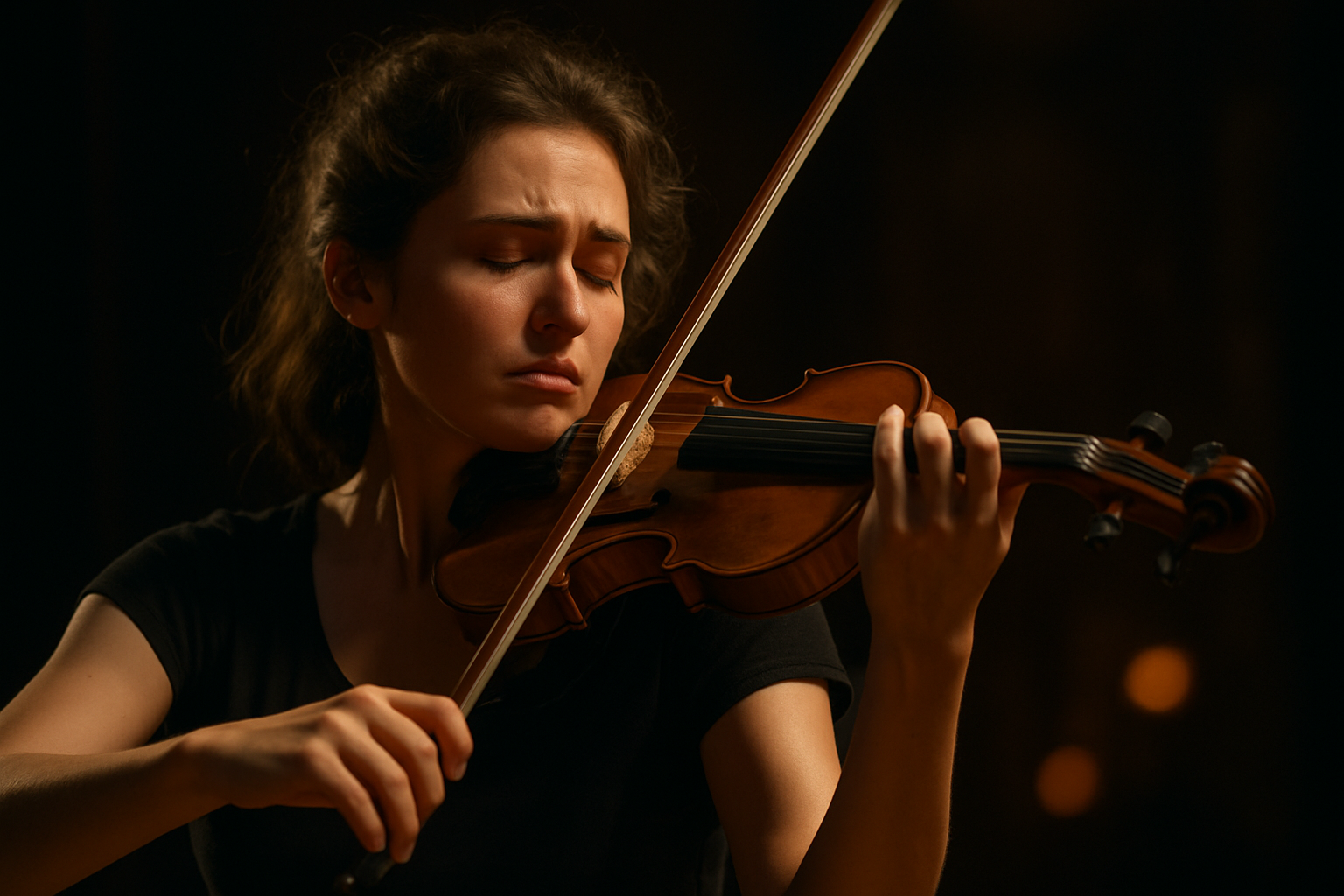Music is often described as the language of emotion. While technique, theory, and rhythm provide structure, it is emotion that makes music come alive. A technically flawless performance can still feel empty if it lacks expression, while even simple songs played with sincerity can move audiences to tears. For musicians at every level, learning to understand and use emotion is essential for creating powerful performances.
Why Emotion Matters in Music
Connecting With the Audience
Audiences don’t just want to hear correct notes—they want to feel something. Emotion bridges the gap between performer and listener, turning a recital into a memorable experience.
Personal Fulfillment
Playing with emotion allows musicians to connect deeply with themselves. Music becomes more than practice; it becomes a form of self-expression.
Distinguishing Performances
Two musicians may play the same piece, but their emotional choices make the performances unique. Emotion is what gives you a personal voice.
Enhancing Memory
Psychologists have found that emotional engagement strengthens memory. When you feel the music, you are more likely to remember it accurately.
How Emotion Shapes Performance
Through Dynamics
Changes in volume convey emotional shifts. Crescendos can build excitement, while decrescendos create calm or closure.
Through Tempo
Speeding up can create urgency, while slowing down adds gravity or tenderness.
Through Tone and Timbre
A bright, clear tone may express joy, while a darker sound conveys sadness or tension.
Through Silence
Strategic pauses allow emotion to breathe, giving the audience space to absorb the music.
Through Body Language
Posture, facial expression, and movement all contribute to how emotion is perceived in performance.
Common Challenges in Expressing Emotion
- Over-Focusing on Technique
Beginners often concentrate so hard on hitting the right notes that emotion disappears. - Fear of Vulnerability
Expressing emotion requires openness, which can feel uncomfortable on stage. - Misinterpreting the Composer’s Intent
Performers sometimes struggle to balance their personal feelings with respect for the score. - Emotional Inconsistency
Without practice, emotions can feel exaggerated or out of place.
Strategies to Develop Emotional Expression
Listen Deeply
Spend time listening to great performers. Notice how they use tempo, dynamics, and phrasing to convey emotion.
Connect With the Story
Even instrumental pieces have stories or moods. Ask yourself: What is this music trying to say?
Experiment in Practice
Don’t just play notes mechanically. Try exaggerating emotions to explore possibilities. Over time, refine them into subtler expressions.
Sing the Music
Singing forces you to think about phrasing and breath, naturally leading to emotional playing.
Record Yourself
Listening back reveals whether your emotions are coming through clearly or if the performance sounds flat.
Link to Personal Experiences
Think about times in your life that match the mood of the piece. Channeling these memories adds authenticity.
Exercises to Train Emotional Expression
- Dynamic Contrast Drill: Play a simple melody multiple times, each with different dynamics—soft, loud, gradually louder, suddenly quiet.
- Tempo Variation Exercise: Take a phrase and play it slowly with intensity, then faster with excitement.
- Mood Transformation Practice: Perform the same piece with different emotions—happy, sad, angry, peaceful.
- Silence Awareness: Add intentional pauses and notice how they change the emotional impact.
The Role of Emotion in Different Genres
- Classical Music: Emotion is expressed through nuanced dynamics, phrasing, and interpretation.
- Jazz: Emotion often comes from improvisation and spontaneous expression.
- Blues: Raw emotion is central, conveyed through bending notes and vocal-like phrasing.
- Pop: Emotion is direct, often tied to lyrics and performance energy.
- World Music: Emotion reflects cultural traditions, with unique instruments and styles shaping expression.
Balancing Emotion and Technique
Emotion cannot replace technical accuracy, but neither can technique replace emotion. The best performances combine both. A balanced approach might involve:
- Practicing technically first to build accuracy.
- Then repeating the piece with focus on emotional delivery.
- Finally, merging the two into expressive, precise performance.
Overcoming Stage Anxiety to Express Emotion
Many musicians feel that anxiety blocks their ability to perform emotionally. Strategies include:
- Deep breathing before playing.
- Visualization of a successful performance.
- Accepting mistakes as part of expression rather than failure.
By reducing fear, you create space for emotion to emerge naturally.
Long-Term Benefits of Emotional Performance
- Stronger connection with audiences.
- Greater confidence in playing.
- Deeper personal satisfaction.
- Unique artistic identity.
- Ability to move others through music.
Final Thoughts: Emotion as Music’s Soul
Music without emotion is like speech without meaning. Notes may be correct, but the message is lost. Emotion is the soul of music—the part that communicates beyond words.
As you learn to play with expression, remember that emotion is not about exaggeration but about authenticity. When you connect honestly with the music, your audience will connect with you.
So, the next time you pick up your instrument, don’t just focus on accuracy. Ask yourself: What do I want the listener to feel? The answer will guide your performance, making every note part of a deeper story that resonates long after the music ends.
